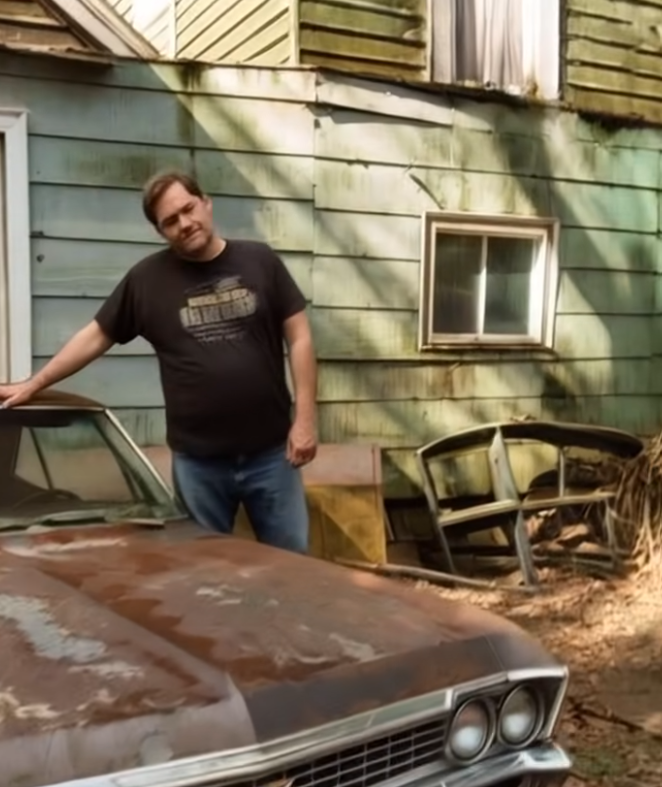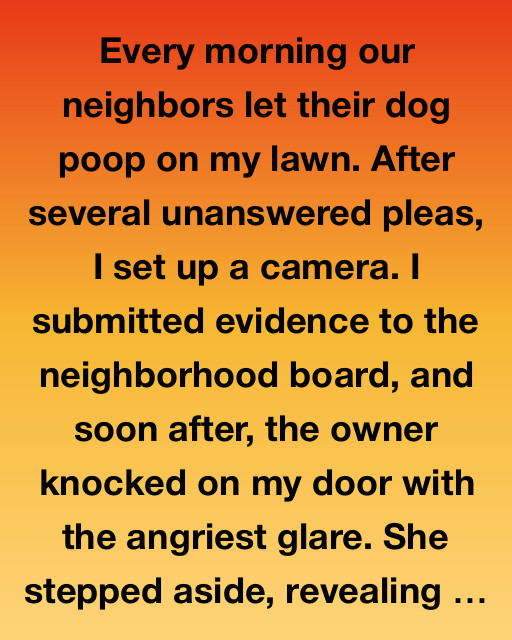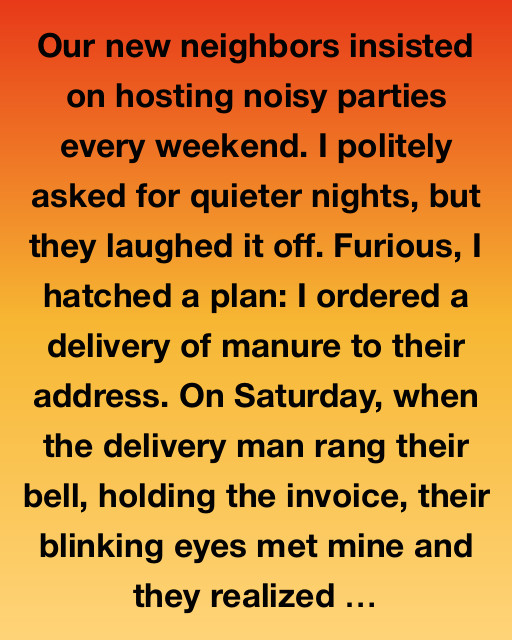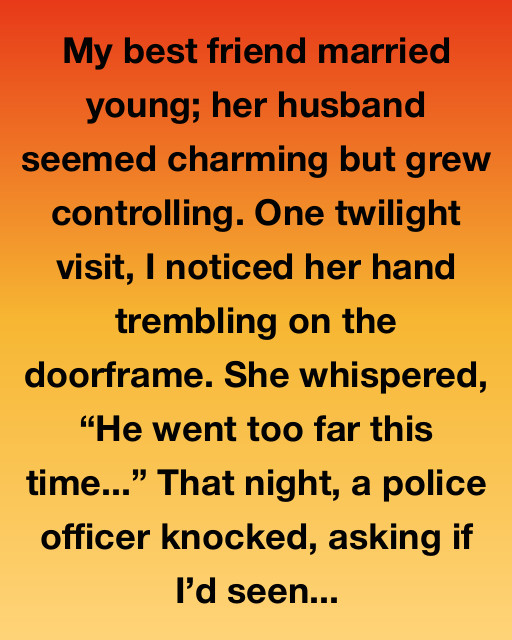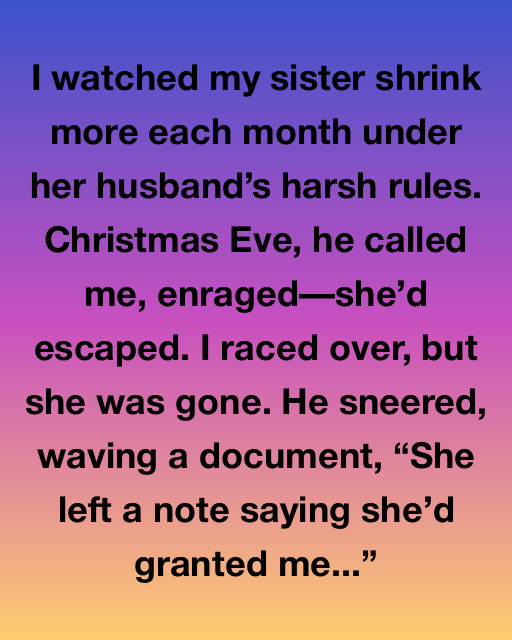I inherited an old, beat-up ’67 Chevy Impala from my dad. He was a mechanic and spent years working on it. To most people, it’s just a rusty car, but to me, it’s a memory of my dad and a project I plan to restore.
The car has been sitting in my yard because my garage is full of tools and parts. I know it looks bad, but I’ve been trying to save up and find time to work on it. My neighbors, however, didn’t see it that way.
A few days after I parked it in the front yard, my neighbor Karen came over. She said the car was an eyesore and ruining the neighborhood’s look. I explained my plans to restore it, but she wasn’t having it.
Soon enough, Karen had the whole neighborhood against me. They went to the city, and I got a notice demanding I either move the car or hide it behind a fence. Moving it wasn’t an option, so I put up a tall wooden fence, which cost me a good chunk of money I would rather have spent on the car.
Things were quiet for a while after that. But then, one afternoon, Karen and a few neighbors came knocking again. They were surprisingly polite this time and even a bit desperate. They asked if I could take down the fence.
I was STUNNED. These were the same people who made me put up the fence in the first place! I asked what had changed, and after some awkward silence, Karen finally confessed.
“Honestly,” she said, “we didn’t realize how much the fence blocked the sunlight from our yards and windows. The neighborhood feels… darker, kind of gloomy. We thought the car was the problem, but now that the fence is up, it’s worse.”
I raised an eyebrow. “So you wanted the car gone, but the fence ended up being worse?”
Karen nodded, avoiding my gaze. “Yeah. We figured the fence was a small price to pay, but it just isn’t. We’re sorry for how we treated you about the car.”
The rest of the neighbors murmured their agreement. One of them, Mr. Patel from two doors down, added, “Plus, we realized that the car actually has some character. A few of us are into old vehicles ourselves and thought maybe we could help you with the restoration.”
I was quiet for a moment, letting all of this sink in. Here were the same people who pressured me into hiding a piece of my dad’s legacy, now admitting it was a mistake and even offering help.
I smiled and said, “Well, I’m glad you changed your minds. Honestly, I was thinking of putting some paint on that fence and maybe some climbing plants to make it less gloomy.”
Karen smiled back, relief clear in her eyes. “How about we all chip in and make the yard look better together? Maybe even help you with the car? It could be a neighborhood project.”
Over the next few days, the neighborhood came alive in a way I hadn’t expected. The fence came down, and we replaced it with a lower, decorative fence that let the sun in. Several neighbors showed up with gardening tools, bringing flowers and vines.
One Saturday morning, a few of the old car enthusiasts brought their tools over. They knew a thing or two about classic cars. Together, we cleaned the Impala, buffed the rust spots, and even found a part online for a reasonable price.
The car, once a rusty eyesore, slowly started to become a centerpiece of the block. Kids stopped by to watch the work, neighbors began chatting more, and the whole vibe of the street changed.
But the biggest surprise came one afternoon when Karen handed me a small box. “My dad was a mechanic too,” she said softly. “He always wanted to work on a ‘67 Impala but never got the chance. I found some tools and parts in his garage. Thought you might want them.”
I was touched beyond words. It wasn’t just about the car anymore; it was about the community we had formed from conflict.
Looking back, I realize how easy it is to judge something by its appearance without understanding its story. My neighbors thought my car was ugly, but really, it was a symbol of love and memories. When they realized what it meant, they didn’t just change their minds—they changed their hearts.
So here’s the life lesson: Sometimes, what seems like a problem at first can bring people together if we’re open enough to see beyond the surface. And a little patience, understanding, and communication can turn conflict into connection.
If this story made you smile or think twice about the things you judge quickly, please share it with someone. Let’s spread the message that every “ugly” thing might just be a hidden treasure waiting for a second chance. Like and share if you believe in the power of community and kindness!
